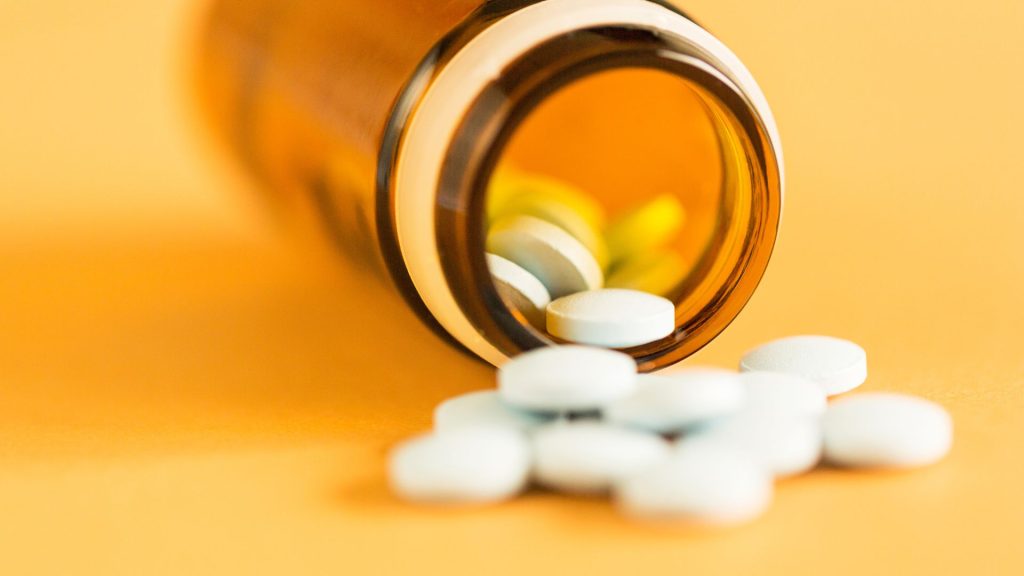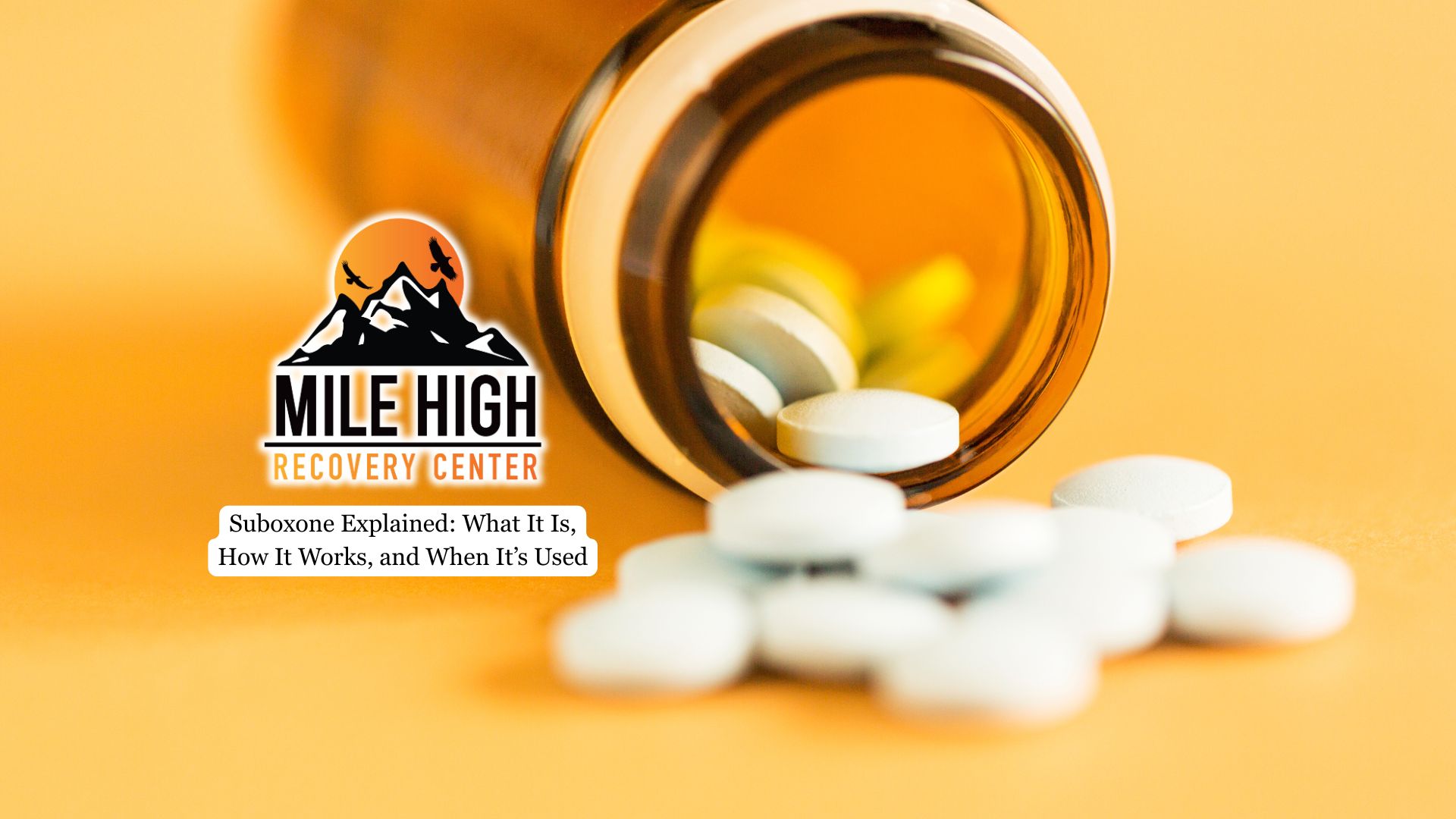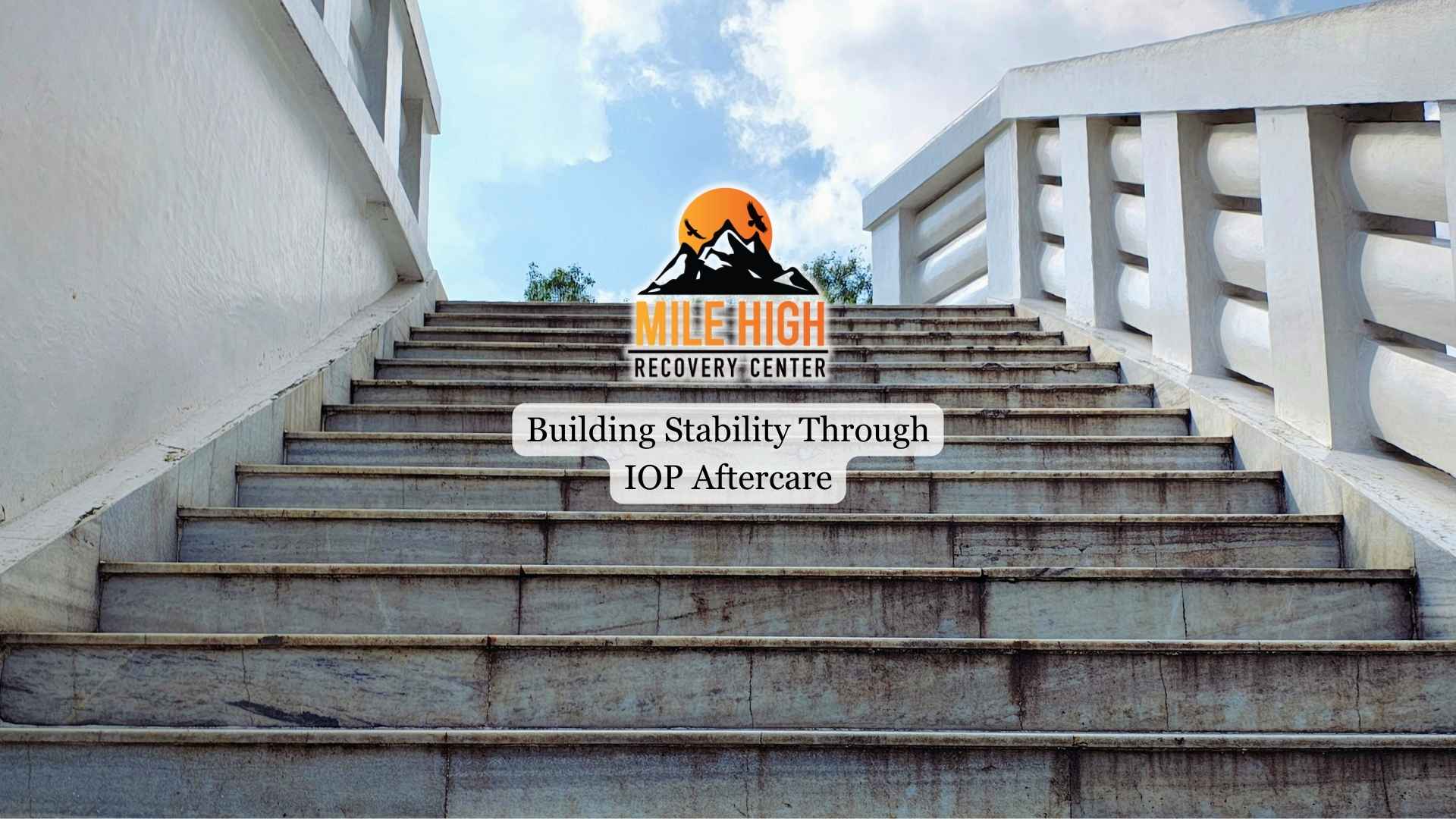Suboxone is one of the most widely used medications for treating opioid use disorder (OUD). As part of medication-assisted treatment (MAT), it reduces withdrawal symptoms and cravings and helps people stabilize their lives.
This article explains what Suboxone is, its formulation, how it works, when and why it’s prescribed, and its benefits and risks.

What Is Suboxone?
Suboxone is a brand-name medication that combines buprenorphine and naloxone, which is used in treatment for opioid use disorder (OUD). It’s classified as a Schedule III controlled substance, indicating it has accepted medical use but still has the potential for misuse. This drug is typically taken as a sublingual (under-the-tongue) film or tablet, and generic versions are also available. Buprenorphine works as the active treatment component, reducing withdrawal symptoms and cravings, while naloxone is included as an abuse deterrent to prevent misuse.
The Suboxone treatment program in Denver that we offer at Mile High Recovery combines medication with counseling and behavioral support, which creates a solid foundation for overcoming OUD.
How Does Suboxone Work?
Suboxone is used to safely manage opioid withdrawal and cravings, helping individuals transition toward recovery. Each component of this prescription medication plays a specific role in reducing withdrawal symptoms, preventing misuse, and supporting a productive path through early recovery.
Buprenorphine (partial agonist)
Buprenorphine binds strongly to mu‑opioid receptors but activates them only partially. This reduces withdrawal and cravings while producing far less euphoria and respiratory depression than full agonists, such as heroin, fentanyl, and oxycodone. Its high receptor affinity can displace other opioids.
That’s why it’s important to wait until some withdrawal has started before taking it, as starting too early can cause sudden, uncomfortable withdrawal symptoms. Buprenorphine helps the brain adjust gradually and safely during recovery.
Naloxone (antagonist deterrent)
Naloxone is a medication, included mainly as a safety feature, that blocks the effects of opioids by attaching to the same receptors in the brain without activating them. When the drug is taken correctly, dissolved under the tongue, naloxone has very little effect because the body absorbs only a small amount this way.
However, if someone tries to misuse the medication by injecting it, the naloxone becomes active and quickly blocks opioid receptors. This can trigger sudden withdrawal symptoms, making the injection extremely uncomfortable. In short, this ingredient is added to prevent misuse and help keep treatment safe.
Ceiling effect and safety
Buprenorphine has a “ceiling effect” on respiratory depression. Beyond a certain dose, the effects level off, improving safety versus full agonists. This does not eliminate overdose risk, especially when combined with sedatives like benzodiazepines or alcohol, but it markedly reduces it compared with illicit opioid use.

When Is Suboxone Used?
Clinicians use this drug to treat OUD by:
- Starting stabilization (induction): Treatment begins once moderate withdrawal symptoms appear, usually 12 to 24 hours after the last dose of a short-acting opioid. For longer-acting drugs like fentanyl or methadone, timing may vary. In some cases, a micro-induction approach, which means very small, gradual doses, is used to reduce the risk of precipitated withdrawal.
- Maintaining recovery (maintenance): Once stabilized, patients continue daily dosing to control cravings, prevent withdrawal, and support long-term recovery while reducing the likelihood of relapse.
- Flexible treatment settings: Medication can be started in outpatient clinics, primary care offices, through telehealth, or even in hospitals, emergency departments, or correctional programs.
Possible Side Effects and Precautions
Common side effects include headache, constipation, nausea, sweating, insomnia, and mild mouth irritation. These effects are usually temporary and manageable with medical guidance. As the drug acts on the central nervous system, combining it with alcohol, benzodiazepines, or other sedatives can increase the risk of excessive drowsiness or slowed breathing.
The FDA advises that treatment should not be stopped solely because a patient uses benzodiazepines. Instead, healthcare providers should coordinate care and emphasize safe use. Since the drug is processed through the liver, patients with liver problems may need extra monitoring and regular liver function tests.
At home, this drug should always be stored securely and kept out of reach of children, as accidental ingestion can be dangerous, and any unused medication should be properly disposed of according to pharmacy or local guidelines.
Final Thoughts from Mile High Recovery
Suboxone is a proven, evidence-based treatment that helps individuals safely manage opioid withdrawal, reduce cravings, and significantly lower the risk of relapse and overdose. When used under proper medical supervision, it supports long-term recovery and empowers people to rebuild stability, health, and purpose in their lives.
At Mile High Recovery in Denver, we offer comprehensive Suboxone treatment programs that combine medical oversight, counseling, and ongoing recovery support for those struggling with OUD. Our team works closely with each client to create an individualized plan that promotes lasting wellness and sustainable recovery..







